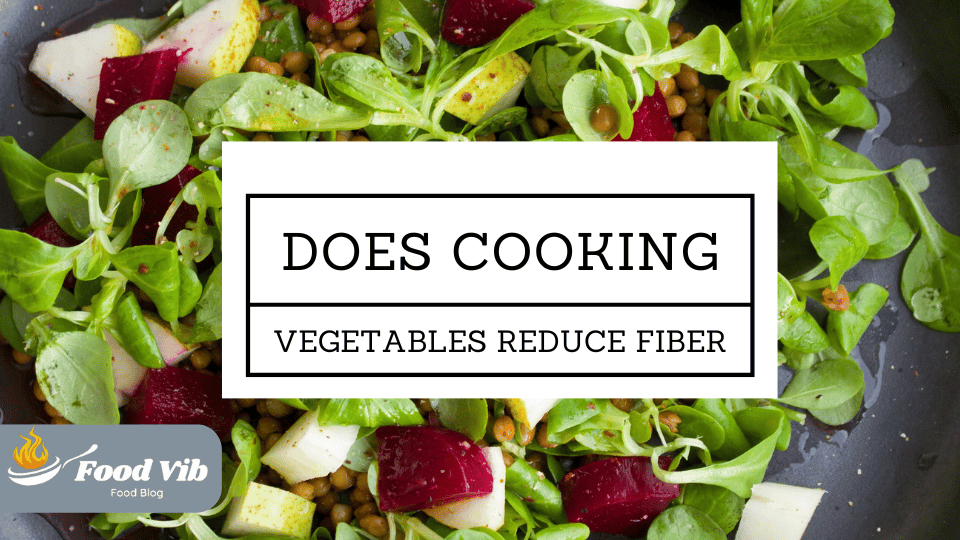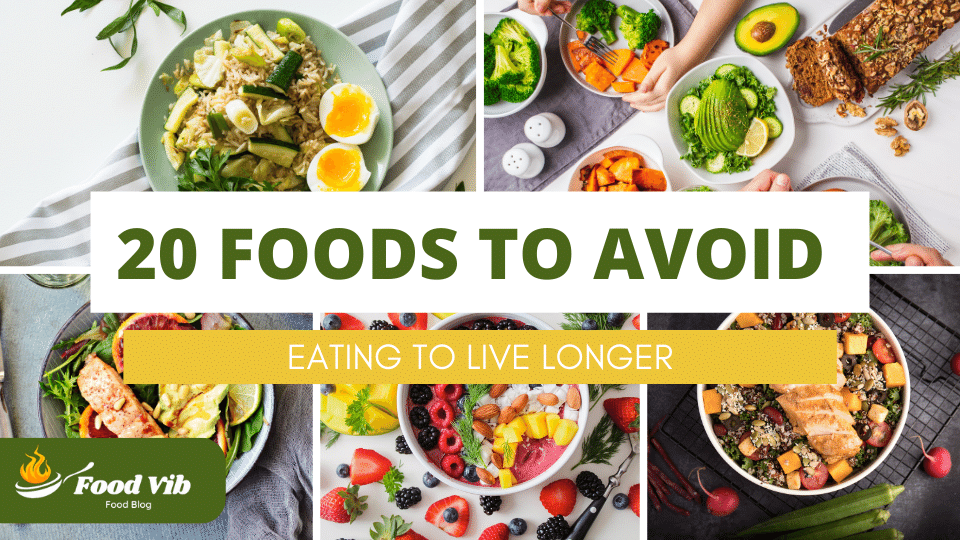Does Cooking Vegetables Reduce Fiber

Cooking vegetables may influence their fiber level, although the amount to which it diminishes fiber depends on several variables such as the cooking technique, length, and kind of vegetable. In general, boiling vegetables may break down some of the insoluble fiber, making them simpler to digest and perhaps lowering total fiber content.
However, cooking may also boost the availability of some nutrients and make them more digestible. Steaming or microwaving veggies softly may help preserve more fiber compared to boiling or frying, which may contribute to larger losses. Despite possible decreases, cooked veggies remain a vital source of fiber and minerals in a balanced diet.

Does Cooking Vegetables Reduce Fiber
When you cook veggies, you might wonder if it changes their fiber level. Fiber is the part of plants that our bodies can’t digest fully, but it’s important for our gut system and general health.
Decrease in some fiber: Cooking, especially boiling or long cooking, can break down some types of fiber, particularly insoluble fiber. This is the kind that helps bulk up stool and keep things going smoothly.
Increase in other fiber: However, cooking can also make other types of fiber, called soluble fiber, more available to your body. This type dissolves in water and makes a gel-like material in your gut, helping digestion and blood sugar control.
So, What Does This Mean For You:
Overall, the total amount of fiber might not change much with cooking. You might lose some solid fiber, but gain some available soluble fiber.
Different cooking ways change fiber differently. Steaming, microwaving, and stir-frying tend to retain more fiber than boiling or long cooking.
Raw vs. cooked: both have advantages! Raw veggies offer more insoluble fiber, while cooked ones may offer more available soluble fiber. Aim for a mix of both in your food.
Must Read: Best Food to Eat When You’re Sick
Cooking Vegetables Without Losing Fiber:
We all know veggies are good for us, and that includes their fiber content! Fiber helps keep us feeling full and our digestion running smoothly. But what happens to that fiber when we cook our veggies? Can we lose it all in the process?
The good news is, with a few simple tricks, you can cook your veggies while still keeping most of their fiber intact. Here’s how:
Minimize the Cooking Time:
The longer you cook your veggies, the more nutrients, including fiber, they can lose. So, aim for quick cooking ways like:
- Steaming: This uses gentle steam to cook the veggies, keeping their nutrients and bright colors.
- Stir-frying: This process cooks vegetables quickly in a hot pan with a small amount of oil.
- Microwaving: While not always ideal, microwaving can be a quick choice when using minimal water.
Use Less Water:
When cooking or preparing veggies, use as little water as possible. This helps keep the nutrients and stops them from getting into the water you trash.
Keep the Skins on Whenever Possible:
Vegetable skins are packed with fiber and other nutrients, so leave them on whenever you can. Just give them a good scrub first!
Cook whole or in Bigger Pieces:
Cutting veggies into smaller parts increases their surface area, which can lead to more nutrition loss. Cooking them whole or in bigger pieces helps them keep their nutrients better.
Don’t Pre-Cut or Soak Your Veggies for too Long:
This can expose them to air and water, leading to nutrition loss. Cut your veggies just before cooking and avoid soaking them for long times.
By following these tips, you can enjoy delicious and healthy cooked veggies while keeping most of their fiber intact! Remember, even if you lose some fiber during cooking, having cooked veggies is still better than skipping them totally.
Must Read: Healthy Foods for High Blood Pressure
Top Methods to Preserve Fiber When Cooking Veggies:
Preserving the fiber content in vegetables during cooking is important to maintain their nutritional value. Here are some top methods to achieve this:
Steam instead of boil:
When you boil veggies, some of the nutrients, including fiber, can leak out into the water. Instead, try heating them. Steaming helps keep more of the nutrients, including fiber, as the veggies cook quickly without sitting in water.
Don’t overcook:
Overcooking veggies can break down their fiber content. Aim to cook veggies until they are soft but still slightly crisp. This will help keep their fiber content and maintain a nice feel.
Cook with Minimal Water:
If boiling is necessary, try to use as little water as possible. This lowers the amount of time veggies are exposed to water, reducing the loss of fiber. Use just enough water to cover the veggies and avoid overcooking them to keep their fiber content.
Eat Them Raw or Lightly Cooked:
One of the best ways to ensure you get the maximum fiber from vegetables is by eating them raw or lightly cooked. Raw veggies are filled with fiber and other nutrients that can be lost during cooking. Incorporate raw veggies into salads, sandwiches, or as snacks to enjoy their full fiber benefits.
Roast or grill:
Roasting or cooking veggies is another great way to keep their fiber content. These ways involve cooking the veggies at high heat, which helps preserve their benefits, including fiber. Plus, baking and cooking can improve the taste of the veggies, making them more enjoyable to eat.
Must Read: How Can You Freeze Cannoli Cream?
Conclusion:
Cooking veggies reduce their fiber content to some amount, but the extent of this reduction changes based on factors such as cooking method and length. While cooking may break down some fiber, it can also improve the availability of certain nutrients and make veggies easier to stomach for some people. Ultimately, adding a variety of cooking methods and enjoying vegetables both raw and cooked can help ensure a healthy intake of fiber and other important nutrients in the diet.
Must Read: A Closer Look at Wendy’s Chicken Noodle Soup
FAQs (Frequently Asked Questions)
2. How Can Vegetables Reduce Fiber Intake?
Vegetables actually boost fiber intake rather than lowering it. Fiber is a type of carbohydrate found in plant foods like fruits, veggies, and whole grains. Since veggies are rich in fiber, eating them can help you meet your daily fiber needs.
3. Does cooking carrots destroy the fiber?
Cooking carrots can soften them, but it doesn't remove all the fiber. Some of the fiber might break down a bit, but most of it stays solid. So, even cooked carrots are still a good source of fiber for your body.
4. Does cooking leafy greens remove fiber?
Cooking fresh greens does not greatly remove fiber. In fact, cooking can even make it easier for your body to receive some of the nutrients in the greens.
5. Does steaming veggies remove fiber?
Nope, heating veggies is a nice way to cook them and it doesn't remove fiber. In fact, boiling is one of the best ways to keep most nutrients in your food, including fiber.
6. Do vegetables lose nutrients when cooked in soup?
Yes, veggies can lose some vitamins when cooked in soup, especially if boiled for a long time. This is because heat and water can break down some nutrients.




